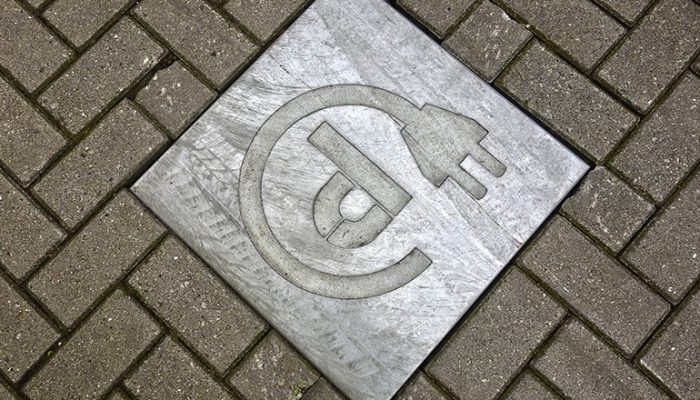As electric vehicles gain favor, utilities can accelerate EV adoption
ACEEE, Februray 13, 2018
As new models with longer ranges, state-of-the-art features, and lower prices enter the market, 2018 is widely expected to be the year of the electric vehicles (EV). US auto companies now offer more than 40 plug-in vehicle models, with more to come, and consumer interest in EVs has only grown with the arrival of these new models. What’s more, large-scale EV adoption would be a win for consumers, automakers, utilities, and the environment. EVs can significantly reduce US transportation sector energy use and associated emissions, leading to large consumer and societal benefits, and the utility industry recognizes that large-scale adoption represents an opportunity for load growth at a time when many are forecasting declining sales.
Utilities can plan for — and guide — EV growth in ways that also benefit society at large, ensuring that potential environmental benefits of EVs are fully realized while taking advantage of the new business opportunities they present. Today, ACEEE released a report, Strategies for Integrating EVs into the Grid, that examines how utilities and other stakeholders are responding to this new opportunity, and how their actions relate to broader environmental goals. The report focuses on five categories of utility strategies: rate design, smart charging, charging station investment and ownership, vehicle purchase incentives, and coordination with state and local efforts. To provide insight into these strategies, the report includes case studies of three utilities that have implemented multifaceted EV integration plans: Southern California Edison, Indianapolis Power & Light, and Georgia Power Company.
Adequate charging infrastructure is an important prerequisite for EV adoption. Southern California Edison will invest customer funds in EV charging equipment that benefits both the grid and its customers, especially in underserved communities. Other utilities have also explored the possibility of partnerships to make EVs accessible to all potential users, whether through ownership, carsharing, or ridesharing. In partnership with Nissan, Georgia Power and Indianapolis Power & Light offered a $10,000 discount on a new Nissan Leaf for customers and employees in 2017.
Additionally, certain electricity rate structures can benefit both EV owners and utilities by creating an incentive to charge EVs when electricity demand is low. Georgia Power Company provides the cheapest super off-peak rate (1¢/kWh) for EV customers, allowing EV drivers to charge their vehicle for less than $0.50. Utilities can also help to maximize EVs’ pollution reduction benefits by using rate structures that promote EV charging with electricity from renewables or other low-carbon generation sources. For example, Hawaiian Electric Company provides a super off-peak rate at mid-day when it has abundant solar energy in the grid.
State and local government involvement with utilities is critical to ensuring that EVs do not create an added burden on transportation and utility systems. They can ensure that EVs support the reliable and efficient use of electricity infrastructure by requiring resource-planning activities from their respective utilities and coordination with other key stakeholders. Finally EVs’ place in the transportation system needs to align with each city’s or state’s vision for its transportation future.
California’s Zero Emission Vehicle (ZEV) program and action plan are the gold standard for supporting EV deployment. To achieve the ambitious targets of the ZEV program and California’s greenhouse gas reduction law (AB 32), the state directed its Air Resources Board, Public Utility Commission, Energy Commission, and many other state agencies to collaborate with the Plug-In Electric Vehicle Collaborative, which included all the major utilities in California.
EVs are gaining a foothold in the transportation sector, and more utilities are approaching this new business opportunity in ways that provide optimal benefits to their customers. Further, utility coordination between states and cities can result in environmental gains from EVs. By designing policies that encourage EV adoption, utilities can facilitate a scenario in which EVs complement conventional transportation choices and create a more sustainable, equitable, and low-cost transportation system in the United States.
